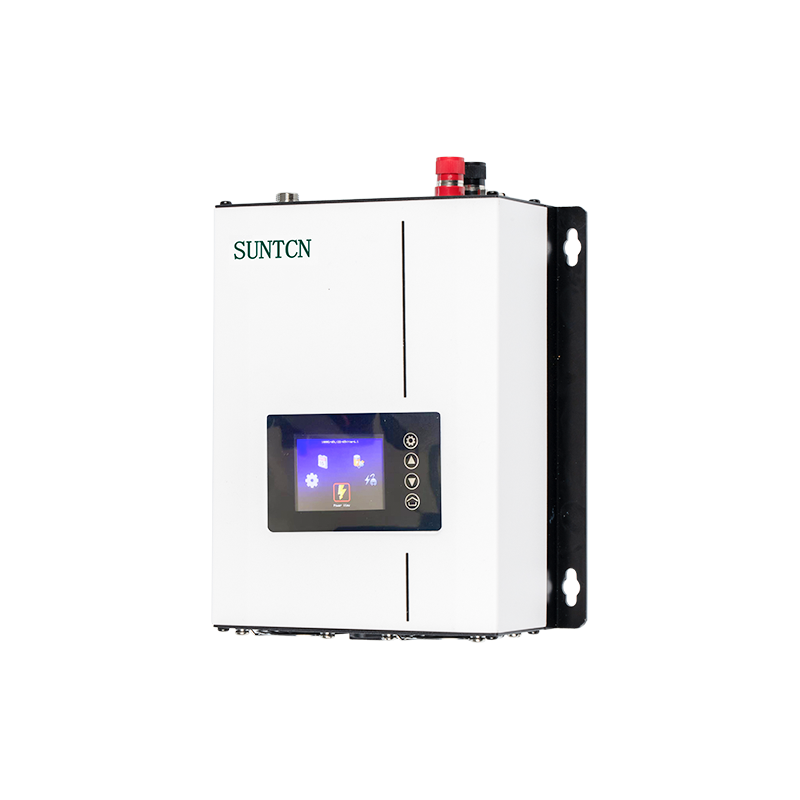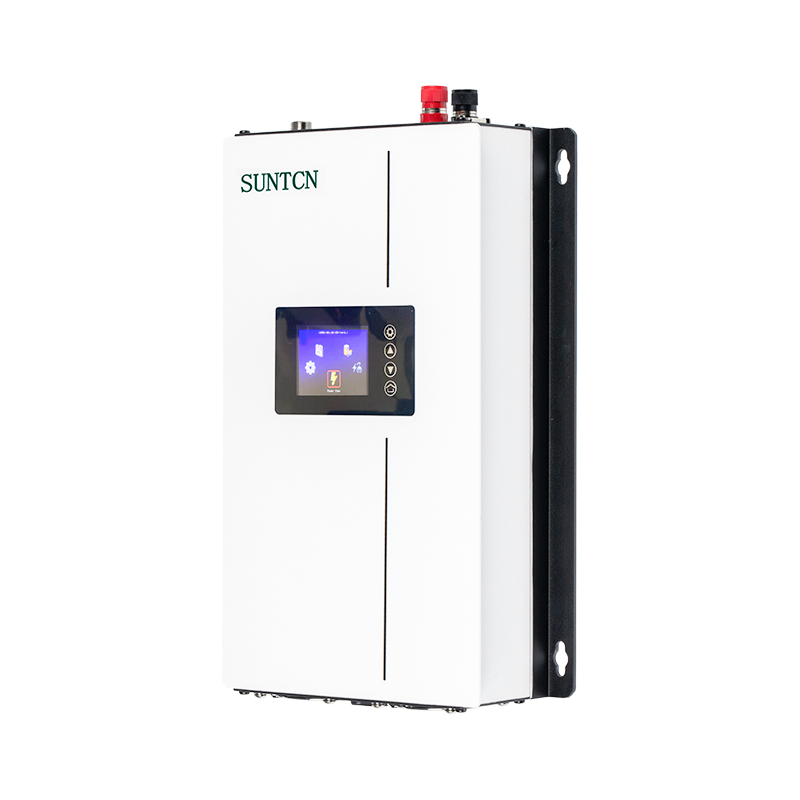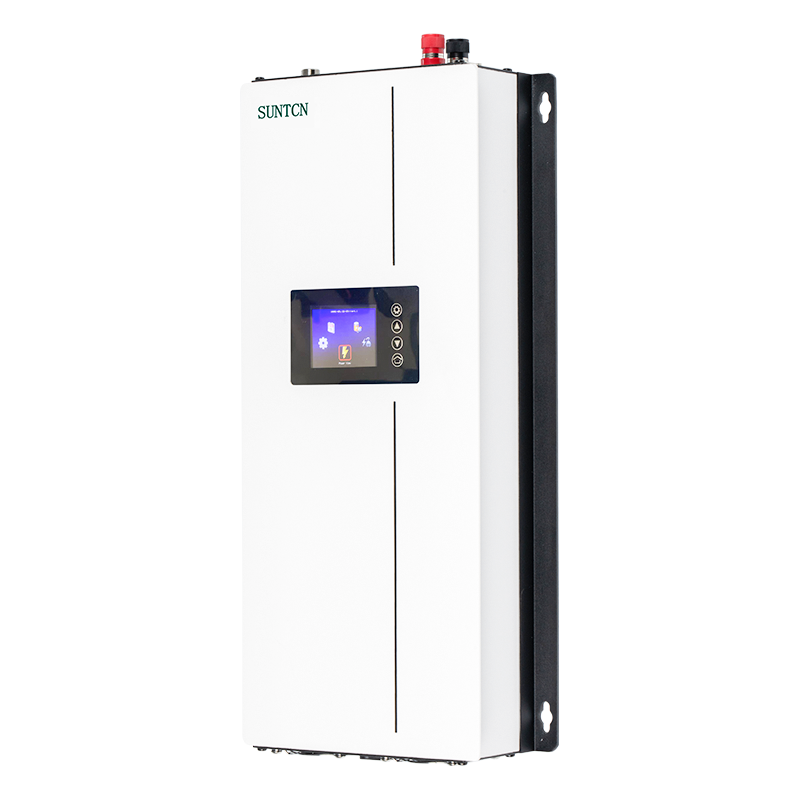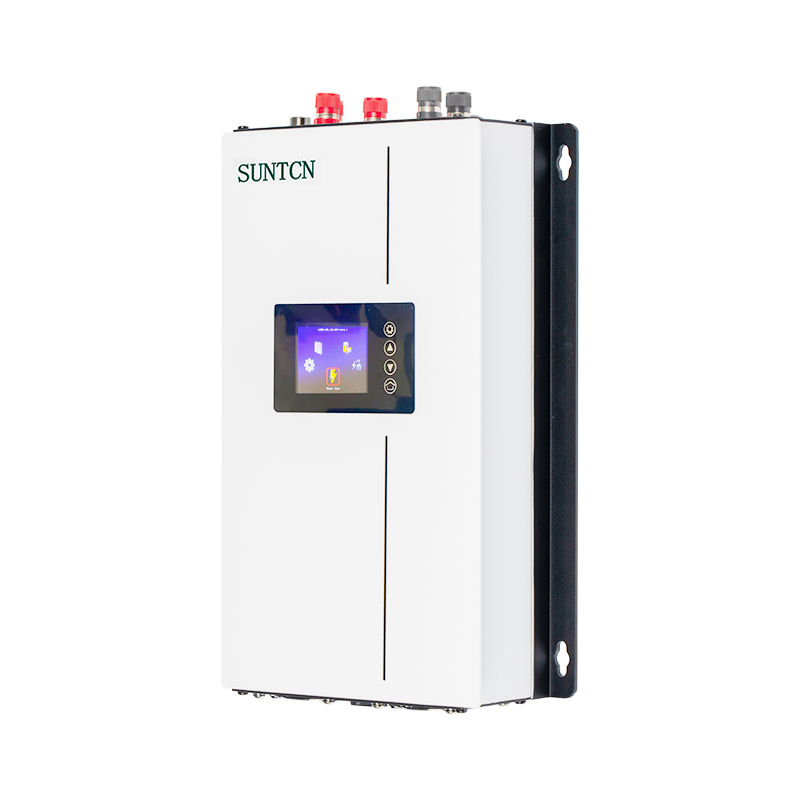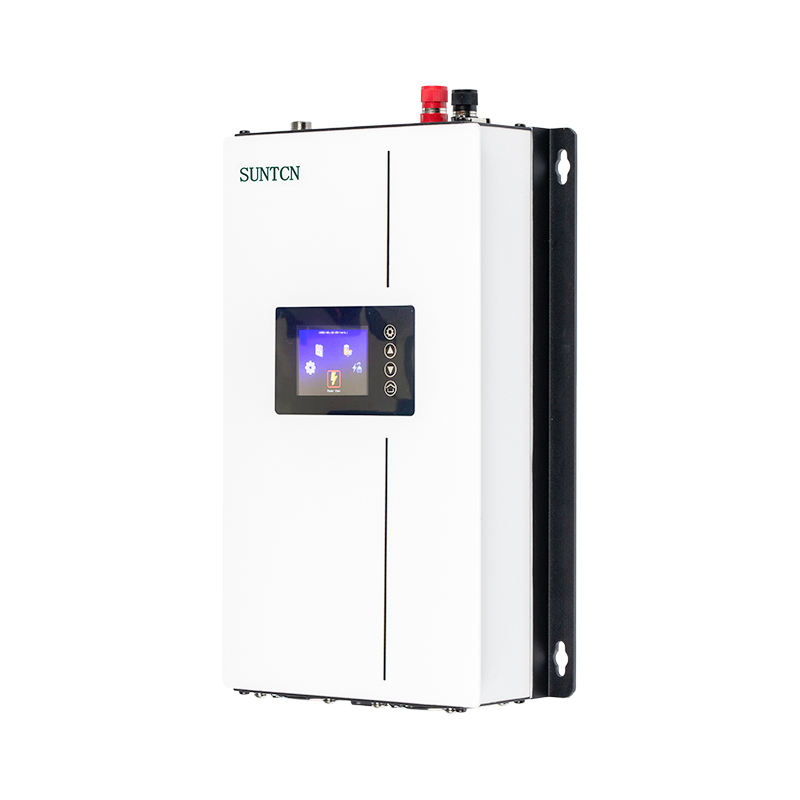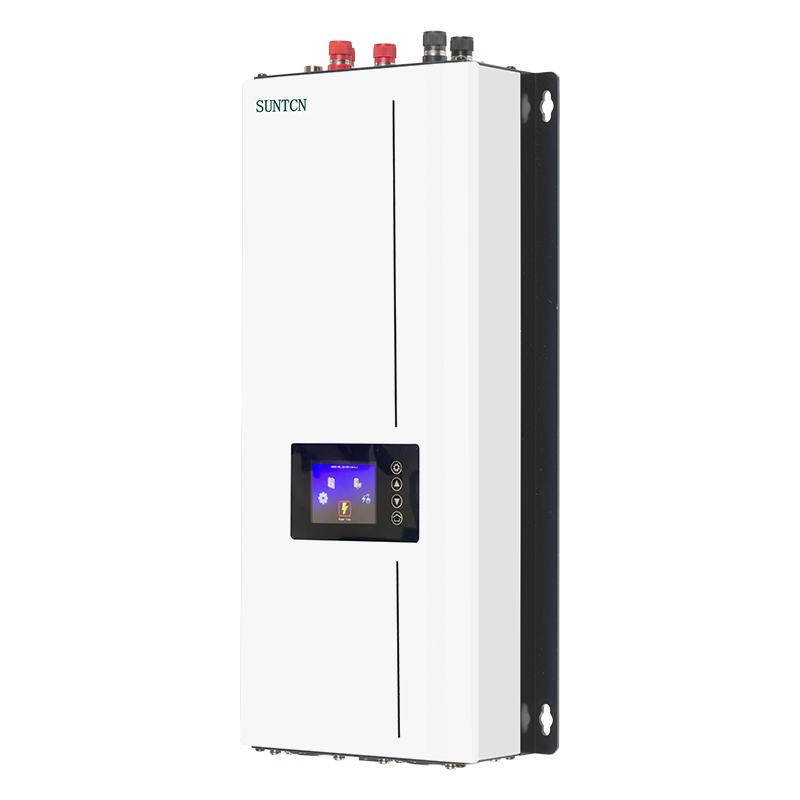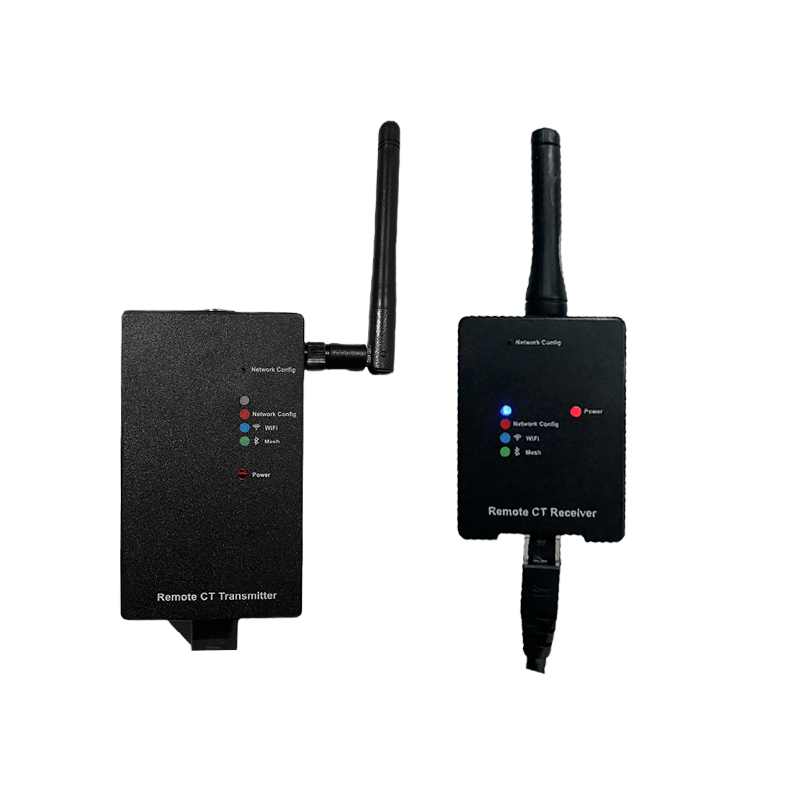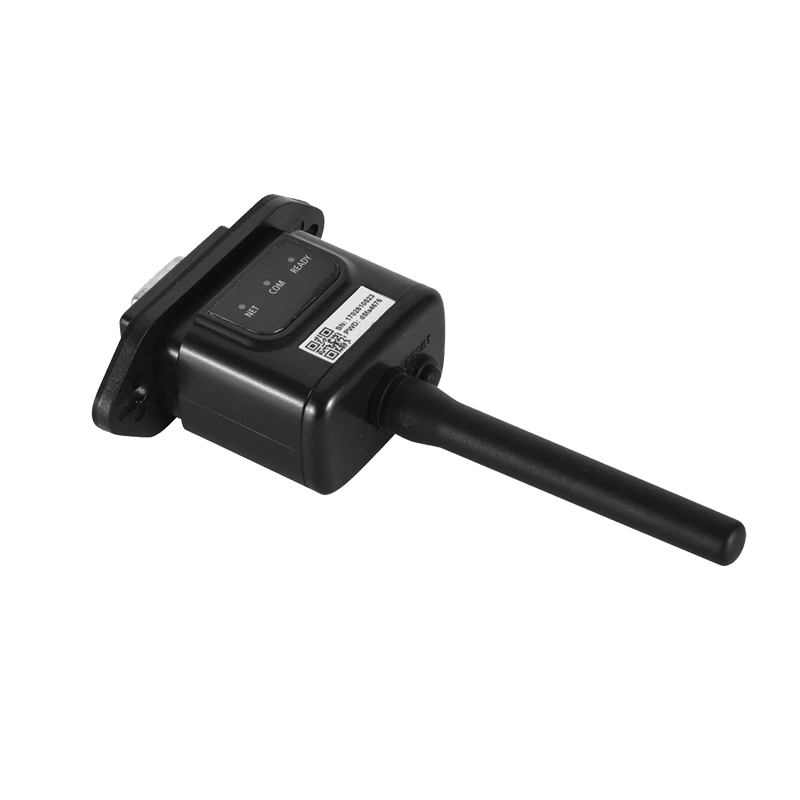As renewable energy adoption accelerates, solar power systems are becoming more advanced and intelligent. At the heart of many modern residential and small commercial solar installations is a critical device: the single phase 2 MPPT hybrid inverter .
This type of inverter offers powerful features that maximize energy harvesting from solar panels, manage battery storage, and seamlessly integrate with the grid — making it an essential component for anyone looking to achieve energy independence or reduce electricity costs.
The term “single phase” refers to the type of electrical system typically used in residential settings. Most homes run on single-phase power, as opposed to three-phase systems used in industrial environments.
The “2 MPPT” part means the inverter has two independent Maximum Power Point Tracking (MPPT) controllers . Each MPPT input can be connected to a separate array of solar panels — allowing for greater flexibility and efficiency when dealing with different panel orientations or shading conditions.
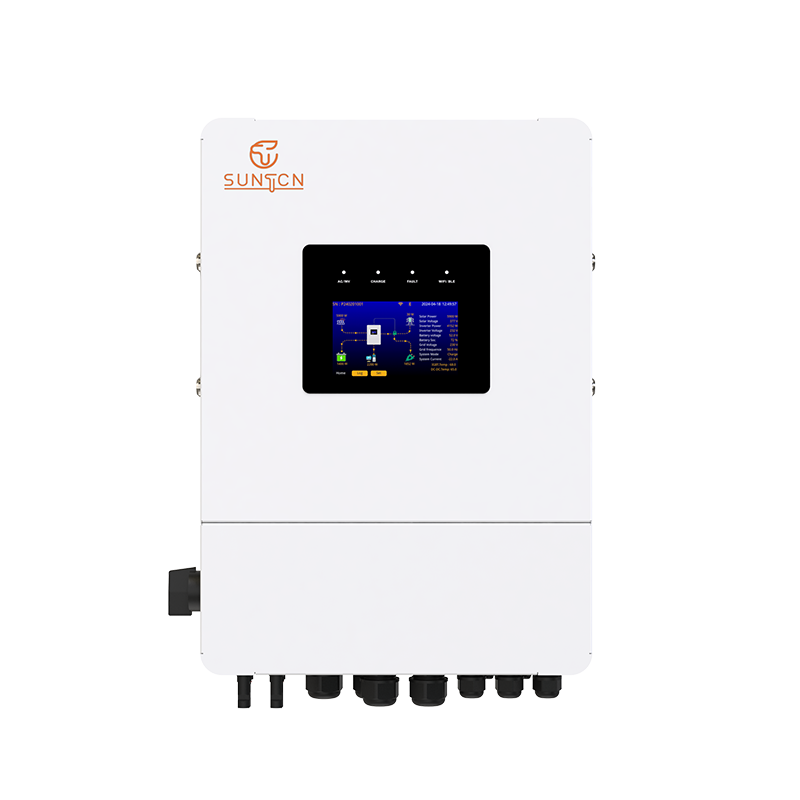
How Does It Work?
A single phase 2 MPPT hybrid inverter operates by:
Tracking Maximum Power Points : Each MPPT channel continuously adjusts the operating voltage of its connected solar array to extract the available power — even under partial shading or varying sunlight conditions.
Converting DC to AC : The inverter converts the DC electricity generated by solar panels into usable AC electricity for household appliances.
Managing Energy Storage : When surplus solar energy is available, the inverter charges connected batteries. During cloudy days or at night, it can draw stored energy from the batteries to power the home.
Grid Interaction : If solar and battery power are insufficient, the inverter can draw electricity from the grid. Conversely, excess solar energy can be fed back into the grid (if permitted by local regulations).
Key Benefits
Higher System Efficiency
With two MPPTs, the inverter can optimize performance from multiple solar arrays independently, increasing overall energy yield.
Greater Design Flexibility
Allows installers to connect panels facing different directions (e.g., east and west) without compromising efficiency.
Battery Integration
Enables off-grid capability, load shifting, and backup power during outages.
Smart Energy Management
Many models come with built-in Wi-Fi or Ethernet connectivity for real-time monitoring and control via smartphone apps or web platforms.
Cost-Effective Energy Use
Maximizes self-consumption of solar energy and reduces reliance on expensive grid electricity.
Common Applications
Residential Solar Systems : Ideal for homeowners seeking energy autonomy and cost savings.
Small Commercial Installations : Suitable for shops, offices, or clinics aiming to reduce utility bills.
Off-Grid or Backup Power Solutions : Especially useful in areas with unstable grid supply.
Load Shifting & Time-of-Use Optimization : Stores solar energy during the day and uses it during peak-rate hours.
In today’s world of smart energy management, the single phase 2 MPPT hybrid inverter stands out as a versatile and efficient solution for both new and upgraded solar systems. By combining intelligent MPPT technology with battery storage capabilities, it helps users make the of their solar investment while offering resilience against power disruptions.
Whether you're building a sustainable home, managing a small business, or planning for energy independence, choosing the right hybrid inverter can make all the difference — and the single phase 2 MPPT hybrid inverter may just be the fit for your needs.

 English
English Español
Español Deutsch
Deutsch